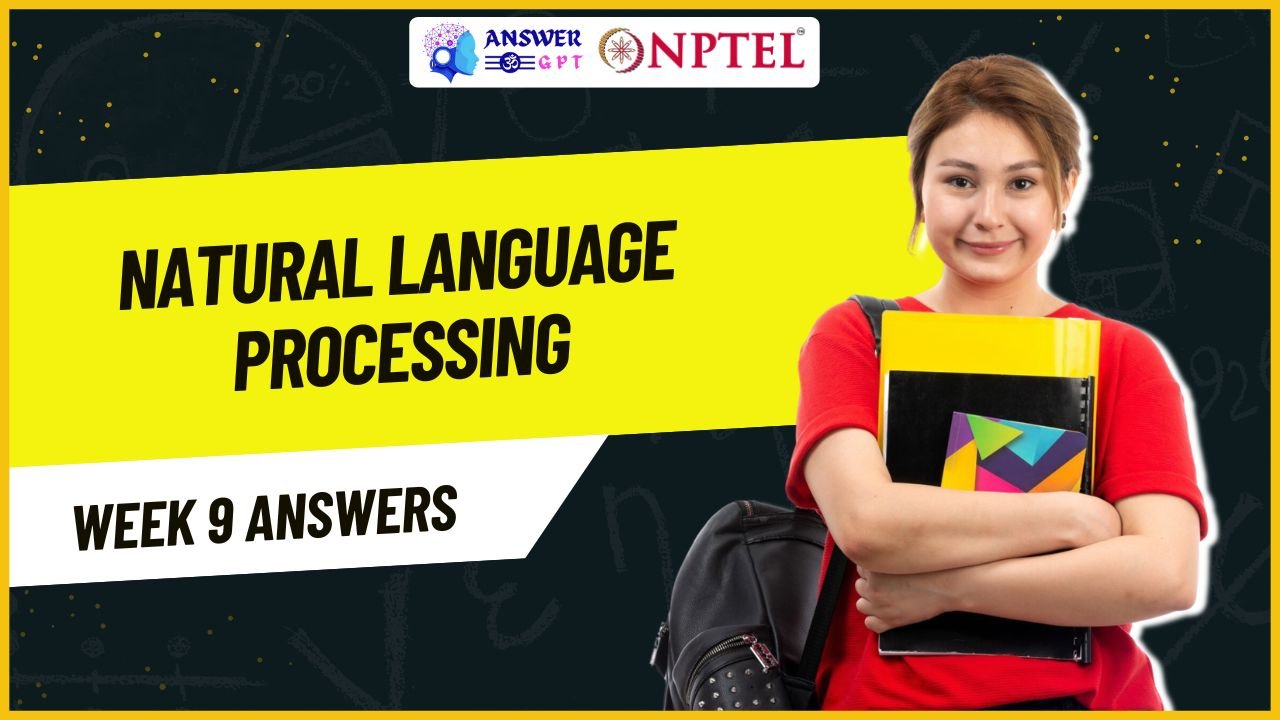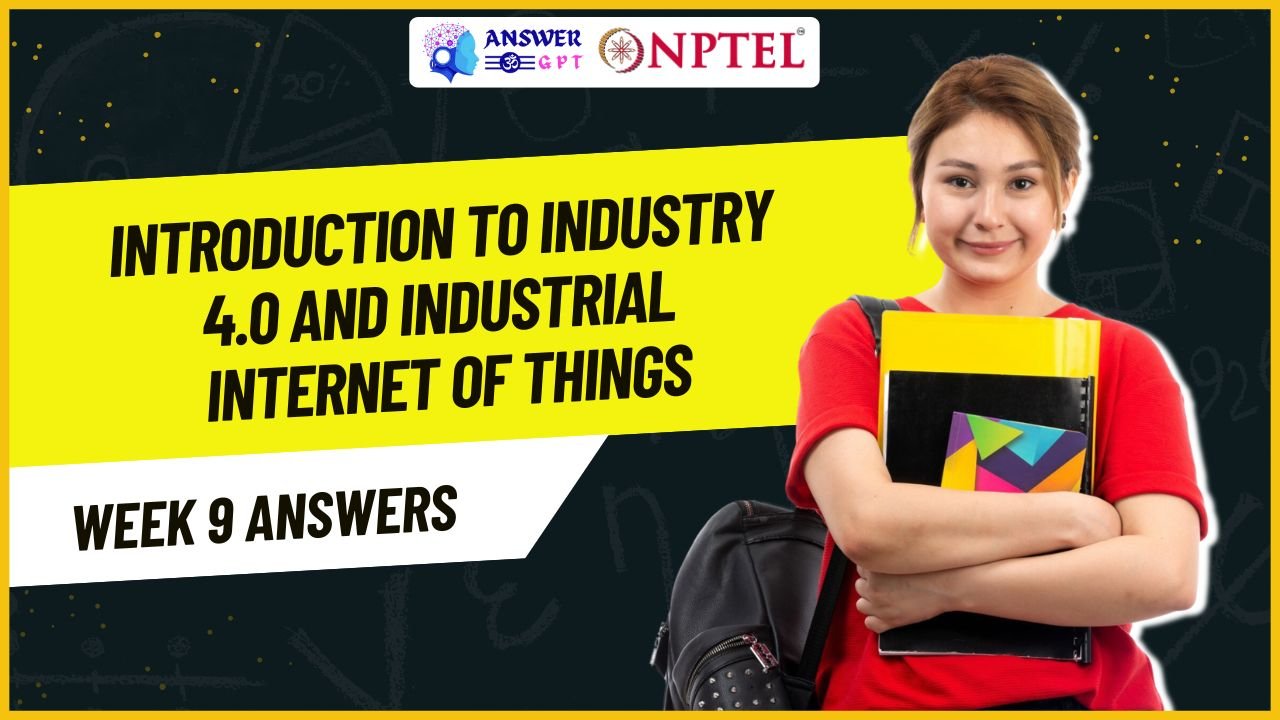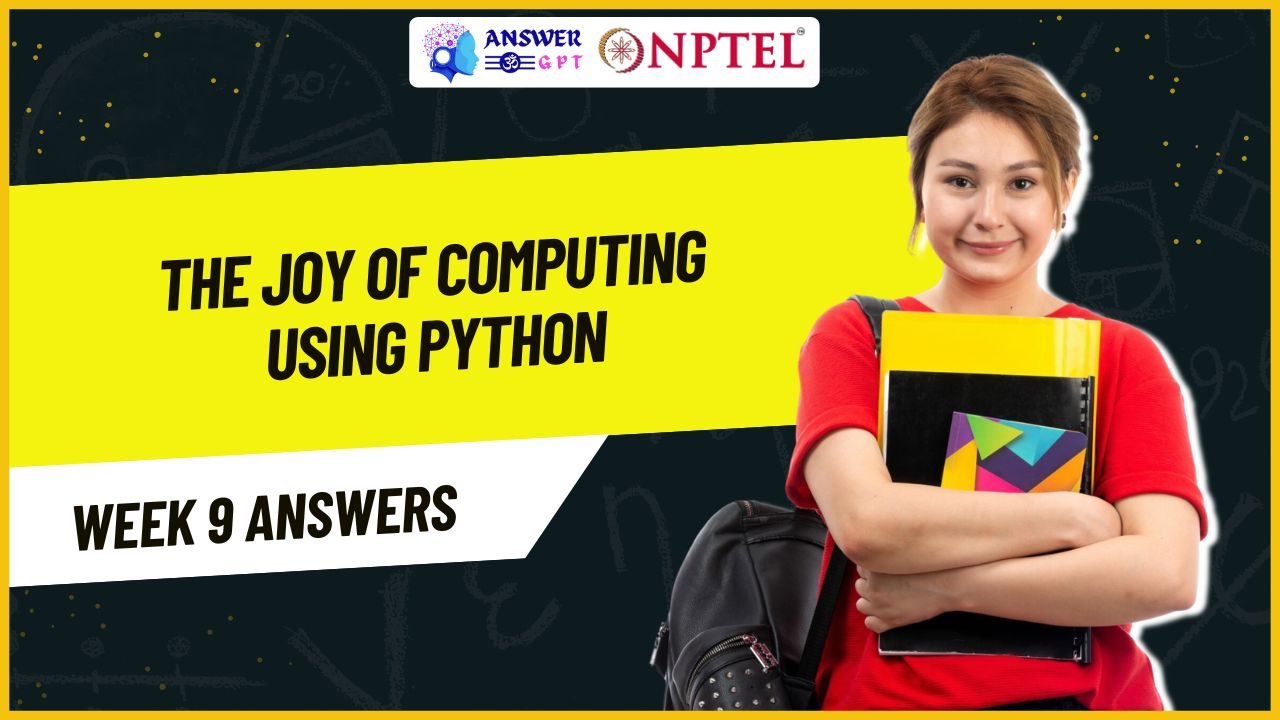Introduction To Internet Of Things Week 9 NPTEL Assignment Answers 2025
NPTEL Introduction To Internet Of Things Week 9 Assignment Answers 2024
1. Which of the following is not a component of OpenStack?
a. Suse
b. Nova
c. Swift
d. All of these
Answer: a
Explanation: SUSE is a Linux distribution, not a component of OpenStack. Nova (compute) and Swift (object storage) are key components of OpenStack.
2. Where is the sensed data sent for further processing in WSNs?
a. Client node
b. Central node
c. Collect node
d. Sink node
Answer: d
Explanation: In Wireless Sensor Networks (WSNs), data is sent to the sink node, which collects data from sensor nodes for processing.
3. Select the statement(s) that denote the advantages of cloud computing.
Statement I: Elasticity
Statement II: Pay-per-use
Statement III: Self Service
a. Statement I
b. Statement II
c. Statements I, II, and III
d. None of these
Answer: c
Explanation: All three—elasticity, pay-per-use, and self-service—are core advantages of cloud computing.
4. Which of the following is a limitation of WSN?
a. Price
b. Post deployment maintenance
c. Battery lifetime
d. All of these
Answer: d
Explanation: WSNs face challenges including cost, maintenance complexity, and limited battery life.
5. The managerial role is played by _________ in sensor-cloud architecture.
a. End-users
b. Sensor-Cloud Service Provider
c. None of these
d. All of these
Answer: b
Explanation: The Sensor-Cloud Service Provider handles management tasks like data processing, storage, and service provisioning.
6. The optimal composition of _____________ is a management issue in sensor-cloud.
a. Logistics
b. Pricing
c. Caching
d. Virtual sensor nodes
Answer: d
Explanation: Managing virtual sensor nodes optimally is a key concern for efficient sensor-cloud architecture.
7. Who coined the term Fog computing?
a. IBM
b. CISCO
c. All of these
d. None of these
Answer: b
Explanation: Cisco coined the term Fog computing to describe decentralized computing at the edge of the network.
8. What are the issues related to the current cloud model?
a. Volume
b. Latency
c. All of these
d. None of these
Answer: c
Explanation: Issues like data volume and latency affect the performance and efficiency of cloud models.
9. Sensor data is processed in the cloud before it is sent to the fog.
a. True
b. False
Answer: b
Explanation: In fog computing, data is processed closer to the source (at the fog), not first in the cloud.
10. What is the type of received data according to which Fog nodes work?
a. Non-time sensitive data
b. Very time-sensitive data
c. Less time-sensitive data
d. All of these
Answer: d
Explanation: Fog nodes can handle all types of data, including time-sensitive and non-time-sensitive information.
11. Which of the following are the advantages of Fog?
a. Quick decision making
b. Nodes can be mobile
c. Reduces the risk of latency
d. All of these
Answer: d
Explanation: Fog computing provides mobility, reduces latency, and allows faster local decisions.
12. Which of the following requires the analysis at the nearest node?
a. Non-time sensitive data
b. Most time-sensitive data
c. Less time-sensitive data
d. None of these
Answer: b
Explanation: Most time-sensitive data needs rapid processing, which is best done at the nearest node.
13. Fog nodes cannot connect and leave the network when necessary.
a. True
b. False
Answer: b
Explanation: Fog nodes are flexible and can dynamically join or leave the network based on conditions.
14. Which of the following is used by the fog applications to increase the speed of service accessibility?
a. Low power
b. Good network connection
c. Accelerators
d. Analytics
Answer: c
Explanation: Accelerators, such as hardware accelerators (e.g., GPUs), improve service speed in fog applications.
15. Fill in the blank. The concept of _________________ enables physical hardware to be shared among multiple entities.
a. Hardware virtualization
b. Software virtualization
c. Module virtualization
d. All of these
Answer: a
Explanation: Hardware virtualization allows multiple operating systems to run on a single physical machine, sharing resources.

![[Week 1-12] NPTEL Introduction To Internet Of Things Assignment Answers 2025](https://answergpt.in/wp-content/uploads/2025/01/Introduction-To-Internet-Of-Things-2025.jpg)

![[Week 1-12] NPTEL Introduction To Internet Of Things Assignment Answers 2024](https://answergpt.in/wp-content/uploads/2024/01/Introduction-To-Internet-Of-Things-scaled.jpg)


